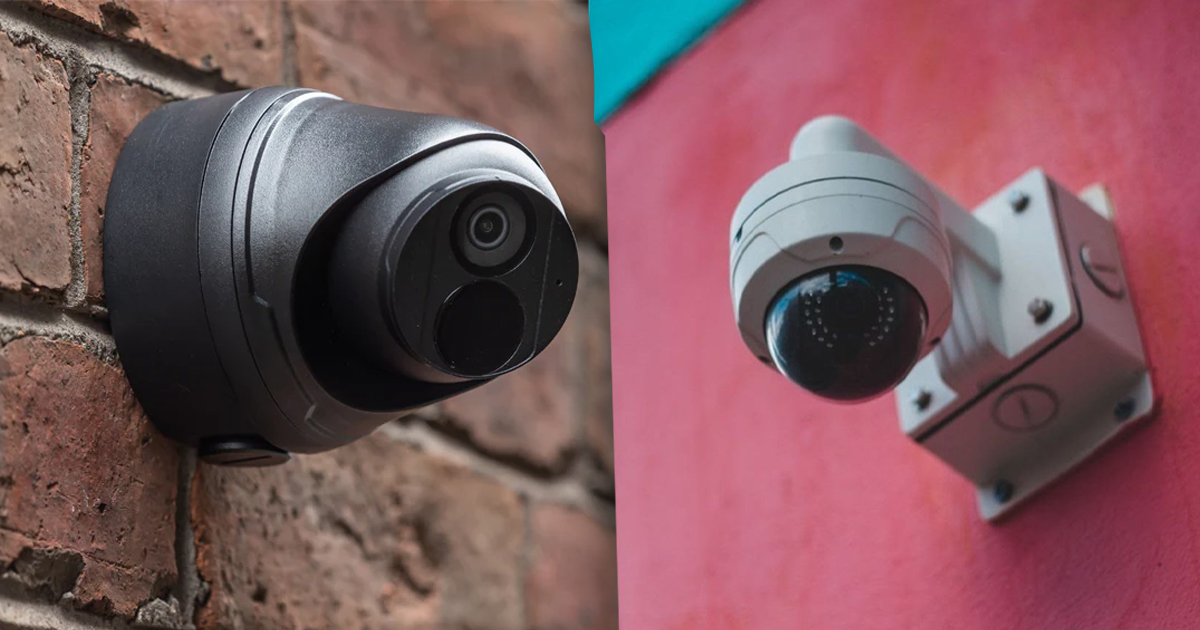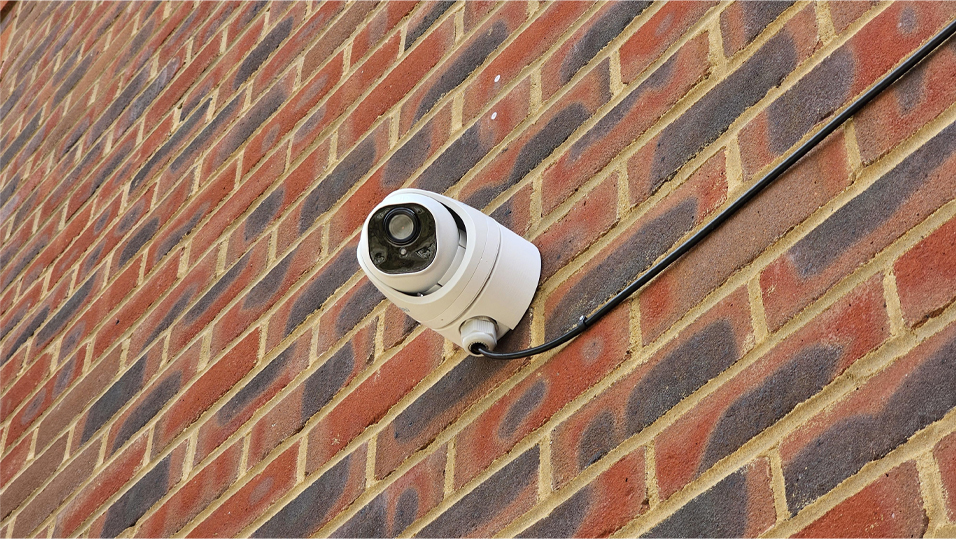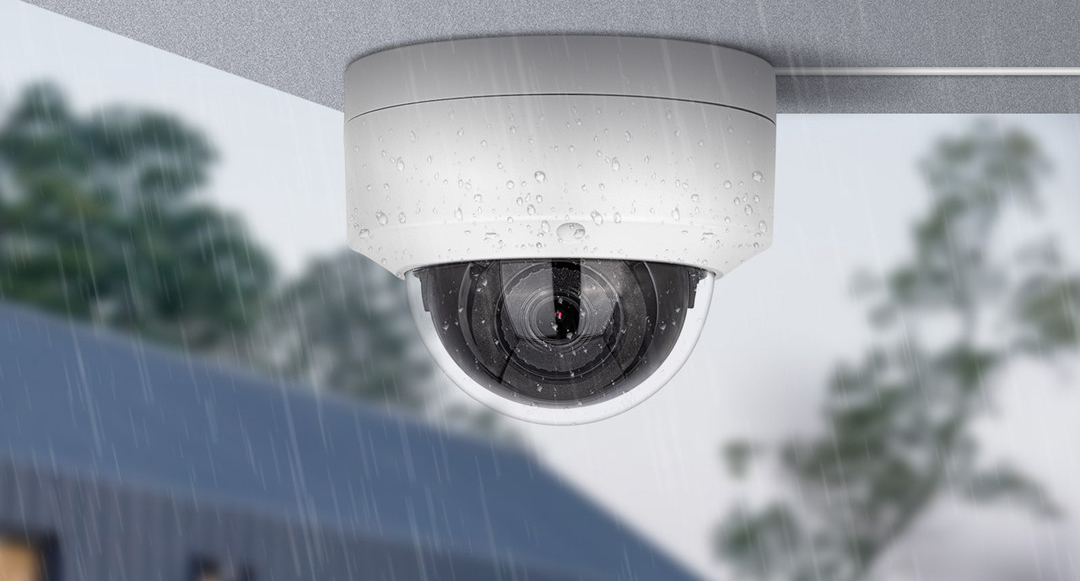Each style offers unique advantages that make it better suited for specific environments and surveillance needs. In this post, we’ll break down the technical and practical differences between turret and dome cameras, explore where each style shines, and help you make an informed choice for your next security installation. Whether you’re securing a bustling retail space, a low-lit office, or an outdoor area prone to harsh weather, knowing the right camera type can make all the difference in coverage and performance.
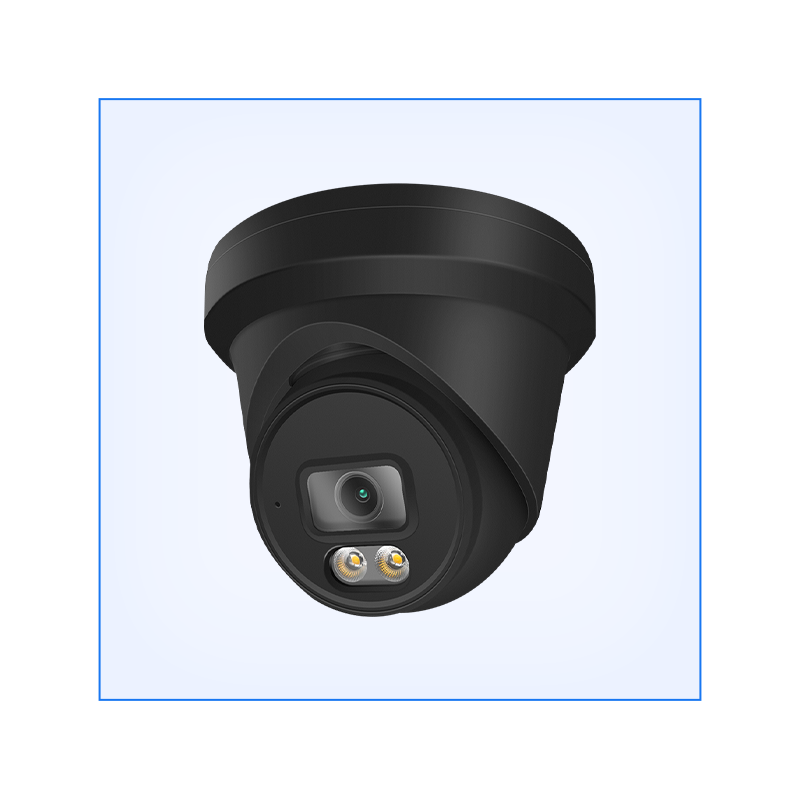
Turret Cameras – Precision, Versatility, and Where They Work Best
Turret cameras, sometimes called “eyeball” cameras, are favored for their flexibility and unobstructed lens design, which makes them particularly adept at handling low-light situations. Unlike dome cameras, turrets have no glass covering the lens, which means there’s no risk of glare or image distortion. Their design also allows for faster installation and adjustment, making them a go-to choice for installers who need to fine-tune the angle quickly.
Where to Use Turret Cameras:
- Indoor Office Spaces: With minimal reflections or glare, turret cameras excel in brightly lit indoor environments. They are often used in offices where artificial lighting can cause interference with domed lenses.
- Retail Stores: Since they can be pointed precisely at a particular area or display, turret cameras are ideal for monitoring high-value products or cash registers.
- Outdoor Areas with Variable Lighting: Many turret models are built with higher IP ratings, making them weather-resistant for outdoor setups. Thanks to their infrared (IR) capabilities, turrets perform well in varying light conditions, like parking lots and building perimeters.
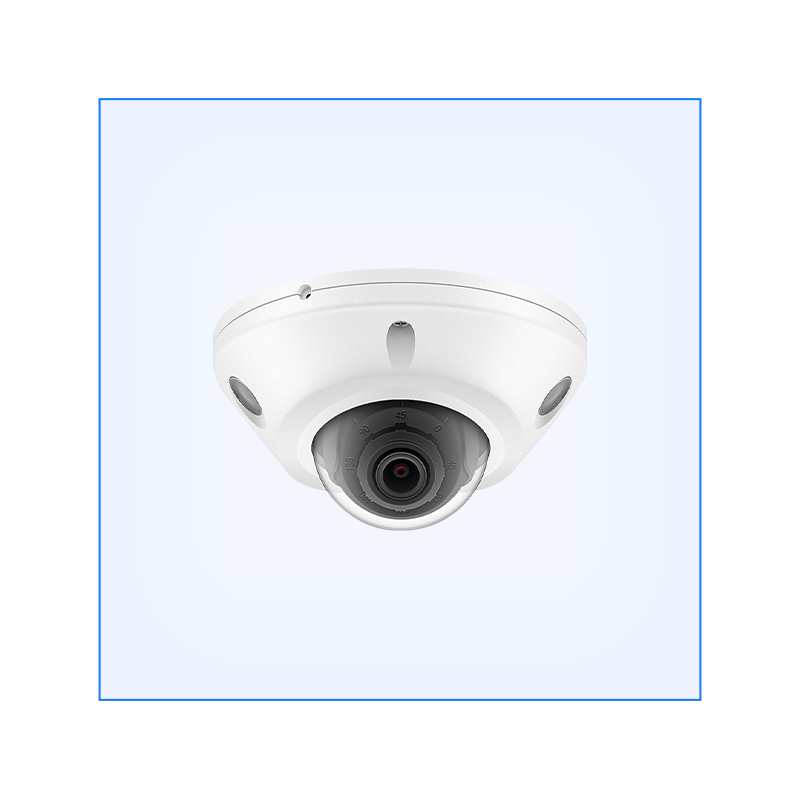
Dome Cameras – Discreet, Durable, and Best Applications
Dome cameras are instantly recognizable for their sleek, rounded design. Built with a protective, tamper-resistant casing, dome cameras are ideal for high-traffic areas where security equipment may be subject to accidental or intentional damage. The dome encasing also keeps the lens direction ambiguous, creating an added layer of deterrence for potential wrongdoers who can’t easily determine where the camera is pointing.
Best Environments for Dome Cameras:
- Public Spaces: Airports, malls, and transportation hubs benefit from the sturdy and discreet nature of dome cameras. Their tamper-resistant housings make them harder to vandalize, while their wide-angle lenses offer comprehensive coverage.
- Warehouses and Industrial Sites: Dust- and dirt-resistant, dome cameras are well-suited for rugged environments. With IK ratings for impact resistance, they can withstand minor accidents, making them ideal for warehouses, factories, and other busy environments.
- Residential Complexes: Many residential buildings prefer dome cameras for their sleek appearance and wide field of view. Placing dome cameras in lobbies, hallways, and entrances allows for 360-degree coverage without drawing too much attention to the hardware.
Head-to-Head Comparison
Low-Light Performance:
In areas with limited lighting, turret cameras usually outperform dome cameras. Since they lack the protective dome covering, turrets avoid reflections and offer clearer images under IR light. This makes turrets the clear winner in parking garages, alleys, or even dimly lit offices where precision is crucial.
Installation and Maintenance:
Turret cameras are typically quicker to install and adjust, while dome cameras require slightly more attention due to the enclosed design and protective casing. Dome cameras, however, have a tamper-proof advantage, which means once they’re in place, they stay secure—an asset in public or high-traffic areas prone to vandalism.
Field of View and Aesthetics:
Dome cameras often provide a wider angle, making them perfect for spaces that need all-encompassing coverage. They also blend well into ceiling corners, providing a subtle and polished look. Meanwhile, turrets are more utilitarian, sticking out slightly more but offering ease of directionality. They’re ideal in situations where targeted surveillance is necessary, like entrances or merchandise aisles.
The Choice Between Turret and Dome Cameras
Turret cameras deliver flexibility, precision, and superior low-light capabilities, making them ideal for both indoor and outdoor spaces that need targeted coverage without interference. Dome cameras, on the other hand, are best for high-traffic or public environments, offering durability, wide-angle views, and subtle aesthetics. By understanding the strengths of each camera type, you can build a security system that doesn’t just capture footage but also strategically aligns with your security objectives. So, which style is best for your space—turret or dome? Let your specific needs guide the decision to enhance security without compromise.

